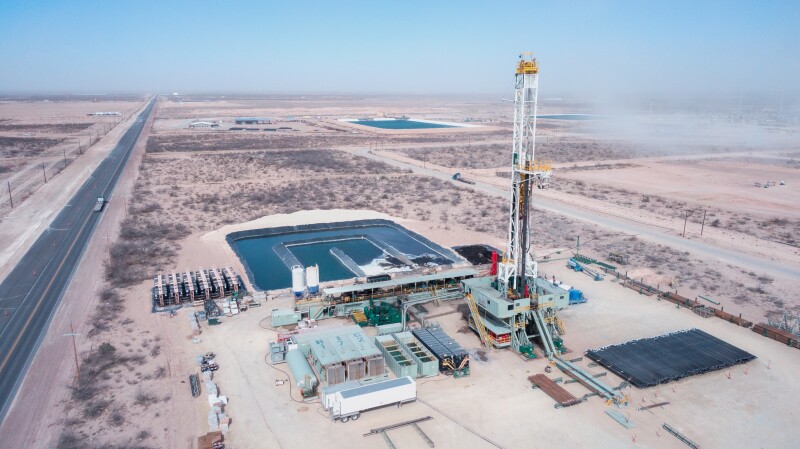In what is a new record, 904 drilling permits for new horizontal wells were awarded to operators in the Permian Basin in March.
This according to international consulting firm Rystad Energy which said from 7 March to 3 April it observed “an unprecedented period of high activity for horizontal permit approvals in the core US shale patch” with an average of 210 permits issued per week.
The company’s research note said the number of permits issued each month usually falls between 400 and 500.
“This is a clear signal that operators in the basin are kicking into high gear on their development plans, positioning for a significant ramp-up of activity level and an acceleration in the speed of output expansion over the next few months once supply chain bottlenecks ease,” Artem Abramov, Rystad’s head of shale research, said in a statement.
Abramov added that the top US basin is now poised for “continuous rig count additions” in the second half of this year which is to be followed by a “significant increase” in production early next year.
The big signal from Permian operators that were hard hit during the 2020 price crash comes as US oil futures have now spent the better part of the last few weeks trading above $100/bbl.
Rystad warned that permits issued do not translate to an equal number of wells drilled. It pointed out that onshore oil and gas companies follow different drilling schedules and that many permits are never acted on before expiring.
However, the recent rise in permitting activity is so pronounced that the firm believes many Permian operators are preparing for a “robust expansion” of new drilling projects.
In what is also an all-time high, 81 individual operators received at least one new drilling permit for a horizontal well last month compared with around 60 operators per month during the second half of 2021.
Leading the way with 99 permits was Pioneer Natural Resources which was followed by Diamondback Energy’s 59 permits.
Rystad said permitting is also up in other US liquids-rich plays, including the Bakken, Eagle Ford, and Niobrara shales.
A separate research note issued 2 weeks ago by energy intelligence firm Kayrros said that the number of personnel working on well pads in the Permian jumped by 20% from 8–15 March.
“The surge in activity in the largest US oil field occurred some 12 days after Russia’s invasion of Ukraine threatened global oil supplies,” read the Kayrros note, which added that its figure is based on anonymized geolocation data and its proprietary algorithms.
The Permian region that spans large swaths of Texas and New Mexico accounts for almost 40% of total US crude output.
In its latest productivity report from March, the US Energy Information Administration projected that the Permian is on pace to set a new monthly production record of more than 5.2 million B/D in April.
The projection would represent a month-over-month increase of about 70,000 B/D.


